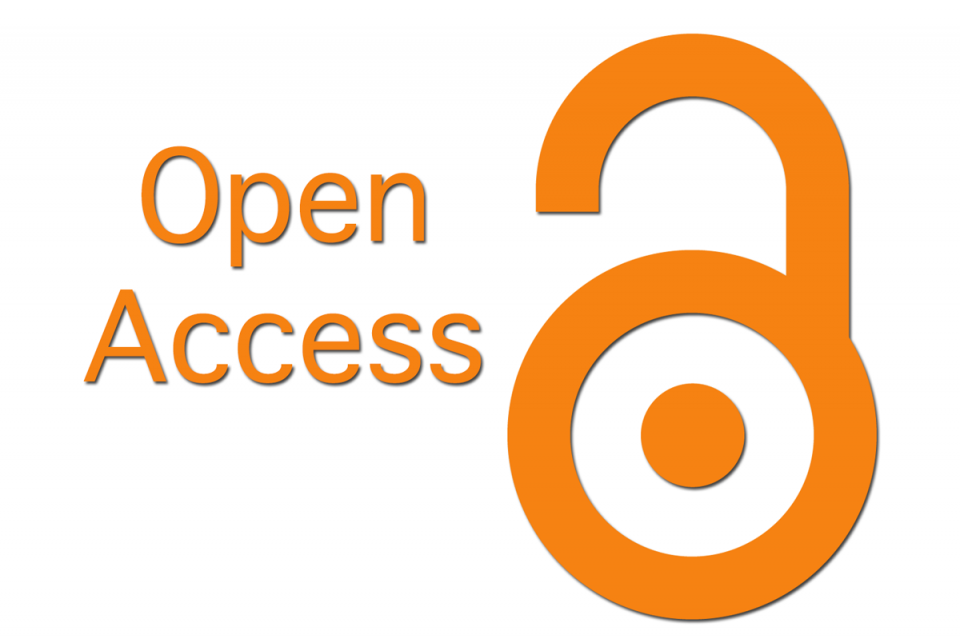Physical Trespass to the Person: Concept, Types and Approaches to Description in the Criminal Code of the Russian Federation
УДК 343.231, ББК 67.408.014
Abstract
The article considers foundations of the doctrine of criminal trespass with regard to physical trespass to the person. Trespass to the person is defined as a violation of the rights and freedoms of an individual protected by the criminal law. It is shown that the specific manifestation of this criminal trespass depends on the nature of personal rights and freedoms infringed. Criminal trespass to the person is broken into types: physical, mental, other significant violation of fundamental human rights and freedoms and property trespass. The concept is clarified and the types of physical trespass are considered. Attention is drawn to the fact that physical trespass is limited to battery or harm caused to the human body. It is proposed to distinguish the following types of physical trespass: death, harm to health, bodily injury and depriving of freedom of movement. The concept and features of the description of death as a type of physical trespass in the criminal law are reflected. The signs and types of harm to human health are disclosed. In particular, it has been revealed that such harm consists in the impairment of human physiology relative to the state before the onset of pathology and is manifested in bodily injury (trauma), disease or medical condition. The diversity of ways of describing harm to human health in the Criminal Code of the Russian Federation is demonstrated. Attention is given to the criminal result of battery and torture. It is established that these violent crimes do not entail harm to health, but rather bodily injury. It is determined that physical trespass in the form of false imprisonment consists in the unlawful obstruction or deprivation of freedom from restraint of movement. The most important feature of such trespass, which should be taken into account in the Criminal Code of the Russian Federation, is that the severity of this crime depends on the duration of the unlawful deprivation of freedom of a person. Recommendations for improving the description of certain types of physical trespass to the person in the criminal law are offered.
Downloads
Metrics
References
Анисимова И. А. Вред, причиненный здоровью человека: понятие, виды / Вестник Томского государственного университета. - 2007. - № 302. - С. 113-116.
Галюкова М. И. Уголовная ответственность за побои: сравнительно-правовой аспект / Альманах современной науки и образования. - 2007. - № 2(2). - С. 284-286.
Генетические исследования: законодательство и уголовная политика / под ред. И.Я Козаченко, Д.Н. Сергеева. М., 2021.
Есипов В. В. Уголовное право. Часть Особенная. Преступления против личности и имущества М., 1910.
Жалинский А. Э. Современное немецкое уголовное право. М., 2004.
Землюков С. В. Уголовно-правовые проблемы преступного вреда. Новосибирск, 1991.
Нуркаева Т. Н. Уголовно-правовая охрана личности, ее прав и свобод: вопросы теории и практики. М., 2020.
Певцова Н. С. Право физическое существование как новое комплексное конституционное право. М., 2023.
Романовский Г. Б. Момент смерти как юридическая фикция / Медицинское право. - 2003. - № 2(2). - С. 27-30.
Судебная медицина. Общая и Особенная части / С.Ф. Щадрин, С.И. Гирько, С.В. Николаев [и др.]. М., 2006.
Шарапов Р. Д. Физическое насилие в уголовном праве. СПб., 2001.
Copyright (c) 2024 Ирина Анисимова, Сергей Землюков

This work is licensed under a Creative Commons Attribution 4.0 International License.
The authors, which are published in this journal, agree to the following conditions:
1. Authors retain the copyright to the work and transfer to the journal the right of the first publication along with the work, at the same time licensing it under the terms of the Creative Commons Attribution License, which allows others to distribute this work with the obligatory indication of the authorship of this work and a link to the original publication in this journal .
2. The authors retain the right to enter into separate, additional contractual agreements for the non-exclusive distribution of the version of the work published by this journal (for example, to place it in the university depository or to publish it in a book), with reference to the original publication in this journal.
3. Authors are allowed to post their work on the Internet (for example, in a university repository or on their personal website) before and during the review process of this journal, as this may lead to a productive discussion, as well as more links to this published work (See The Effect of Open Access).











